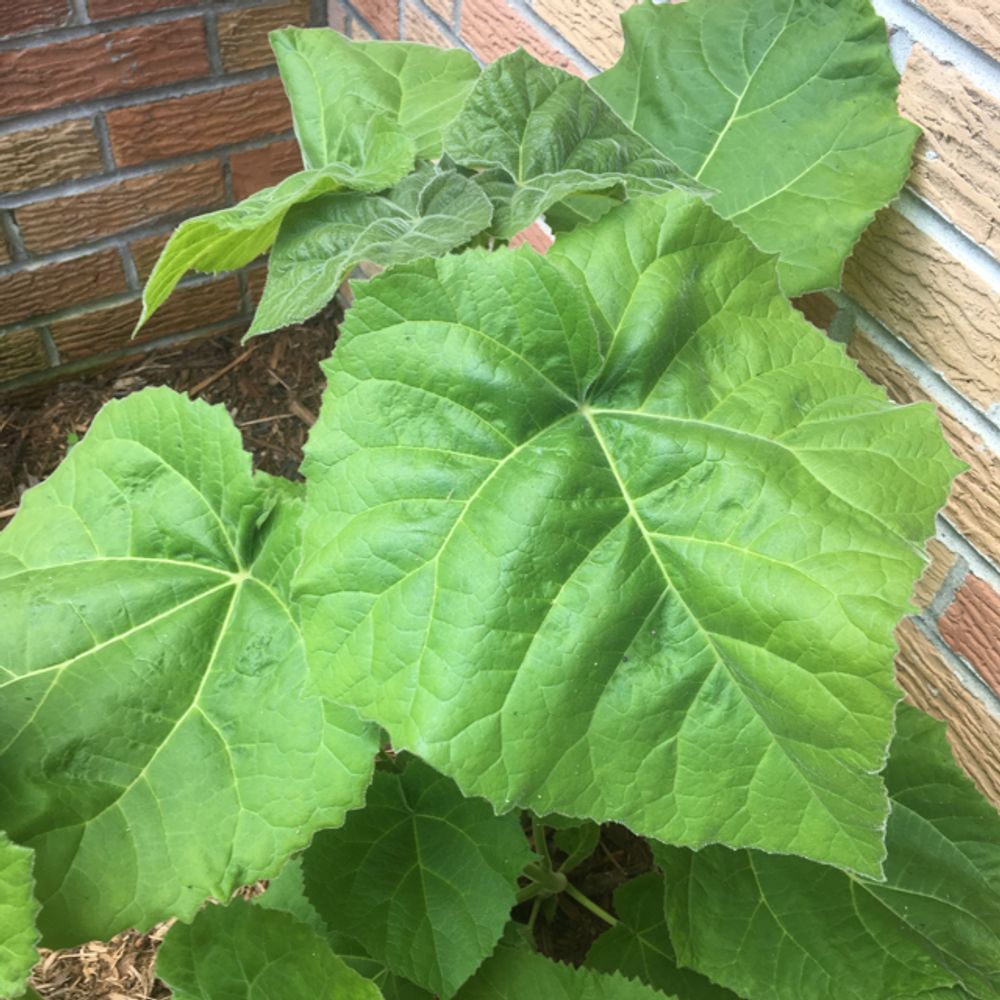Paulownia
(Paulownia)

Description
Paulownia is a genus of fast-growing trees and shrubs native to China, Southeast Asia, and the Pacific islands. These plants are highly valued for their ornamental beauty, fast growth, and commercial importance. The Paulownia tree is also known as the "princess tree" or "empress tree," and is highly adaptable to various soil and climatic conditions. In this article, we will explore the different species of Paulownia plants, their growth habits, environmental requirements, and their many uses. Species of Paulownia Plants: The Paulownia genus consists of about 25 species, most of which are native to China. Some of the most commonly cultivated species include: Paulownia tomentosa: This is the most popular species of Paulownia, also known as the "empress tree." It is a deciduous tree that can grow up to 30 meters tall and 2 meters in diameter. The leaves are large and heart-shaped, with a soft, velvety texture on the underside. The tree produces panicles of fragrant purple flowers in early spring before the leaves appear. Paulownia elongata: This species is also known as the "dragon tree." It is a fast-growing evergreen tree that can grow up to 20 meters tall. The leaves are lanceolate and shiny, and the tree produces panicles of white flowers in late spring. Paulownia fortunei: This is another fast-growing deciduous tree that can grow up to 25 meters tall. The leaves are large and oval-shaped, and the tree produces panicles of fragrant purple flowers in early spring. Paulownia kawakamii: This species is native to Taiwan and is commonly known as the "taiwan princess tree." It is a fast-growing deciduous tree that can reach up to 20 meters tall. The leaves are large and heart-shaped, and the tree produces panicles of fragrant pale lavender flowers in early spring. Growth Habits: Paulownia plants are renowned for their fast growth rate and can grow up to 3 meters in a single year. These plants have a shallow root system and can tolerate various soil types, including sandy, loamy, and clay soils. Paulownia trees require plenty of sunlight to grow, and they are tolerant of both drought and flooding. Environmental Requirements: Paulownia plants are adaptable to various climatic conditions and can grow in USDA hardiness zones 5 to 11. They prefer a temperate climate with moderate rainfall and mild winters. However, they can also tolerate hot summers and cold winters, making them suitable for a wide range of regions. Uses: Paulownia plants are widely used for their ornamental beauty, fast growth, and commercial importance. These plants are commonly used for the following purposes: Timber production: Paulownia wood is lightweight, strong, and resistant to rot and decay. It is commonly used for furniture, flooring, and construction purposes. Bioenergy production: Paulownia plants are an excellent source of biomass for bioenergy production. The fast growth rate and high biomass yield make them ideal for producing biofuels and biogas. Soil remediation: Paulownia plants have been shown to be effective in phytoremediation of contaminated soils. They can absorb heavy metals and other toxic substances from the soil, making them useful for cleaning up polluted sites. Ornamental purposes: Paulownia plants are prized for their ornamental value, with their large, showy flowers and attractive foliage. They are commonly planted in gardens and parks for their beauty and fast growth. Conclusion: Paulownia plants are an excellent addition to any landscape.
Taxonomic tree:







